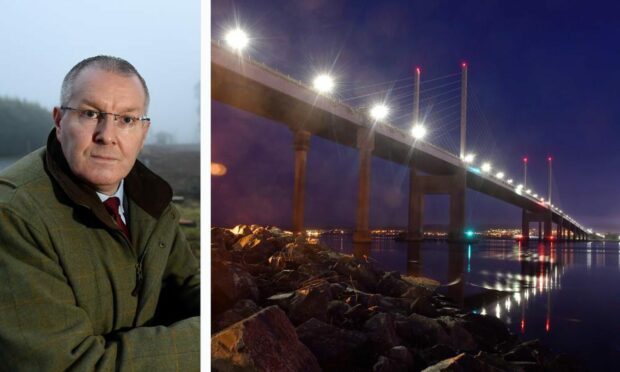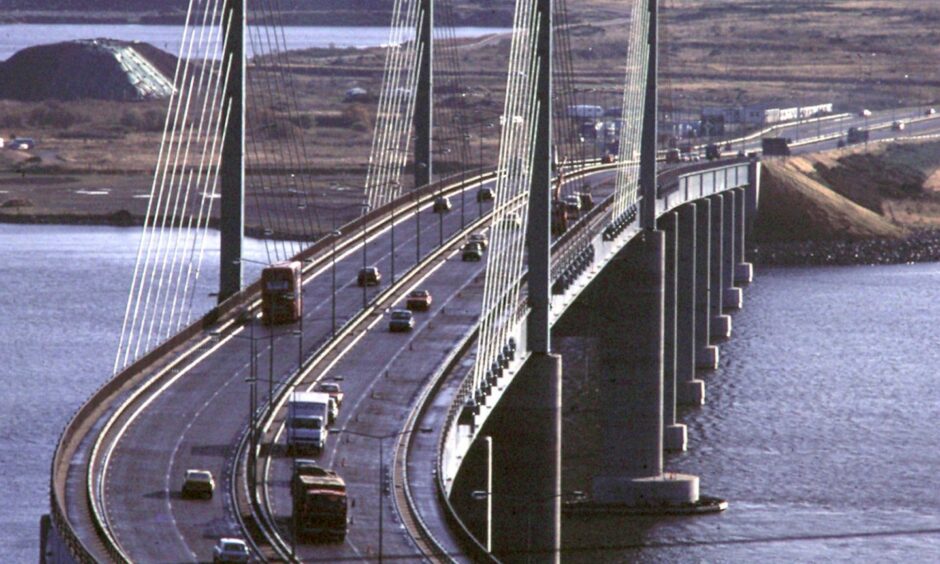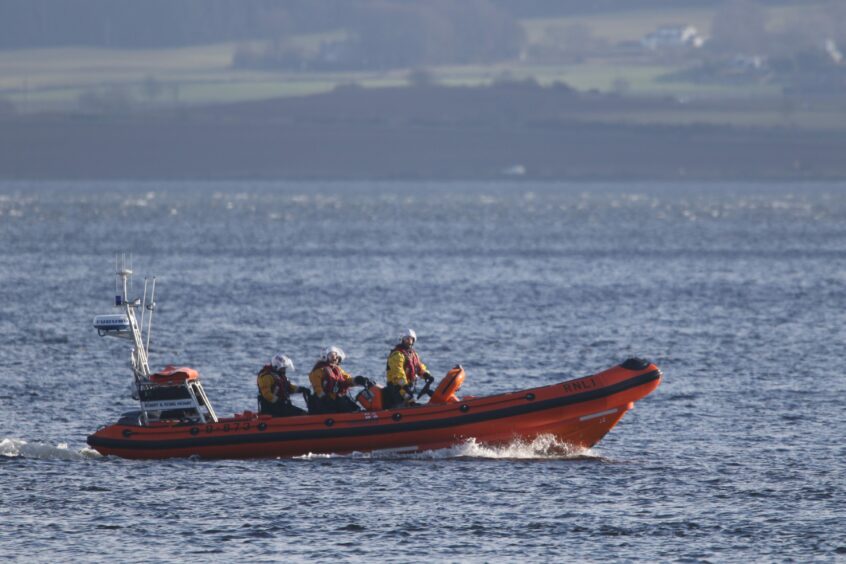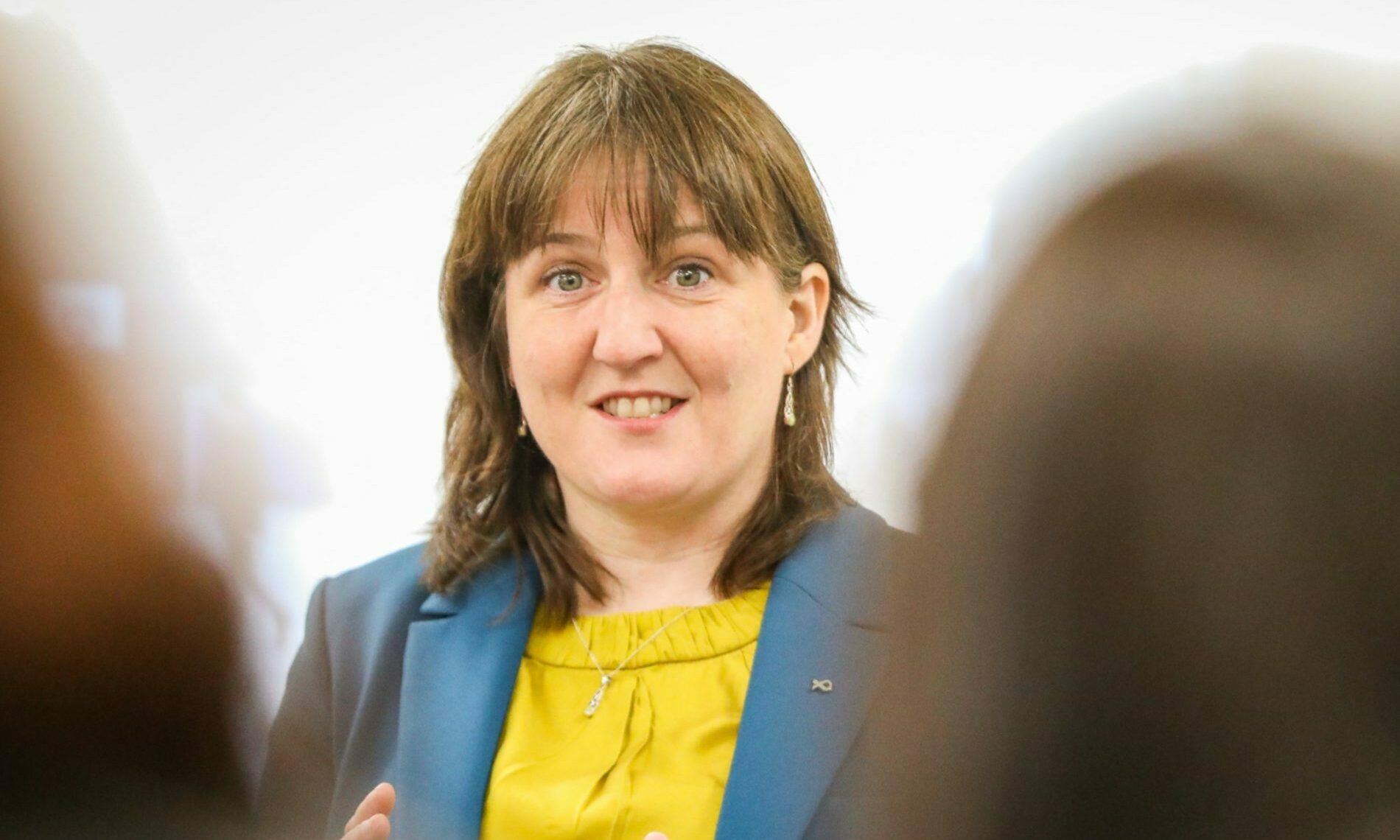A councillor has reacted after the closure of Kessock Bridge caused Inverness Caley Thistle fans to stranded after the cup final.
Duncan Macpherson, who represents Inverness South ward, said the closure caused frustration amongst a number of fans from North Kessock.
Following the match on Saturday, which Inverness Caley Thistle lost 3-1 to Celtic at Hampden, a number of fans had intended to walk across to the bridge to get home.
But it was closed following concern for a person at 11.50pm and it did not reopen until after 3am on Sunday.
Police say closing the Kessock Bridge is never a decision that is taken lightly while the Scottish Government says a feasibility study for safety measures for the crossing is taking place.
Mr Macpherson posted on social media that many fans then had to navigate how to get home via detours through Beauly on the A862 road which takes around 50 minutes.
They had already completed the 350-mile round trip to Glasgow.
Does Kessock Bridge need barriers and CCTV?
Mr Macpherson has called for greater action to deal with the repeated closures of the bridge.
It is not the first time the closure of Kessock Bridge has caused traffic gridlock as it is one of the city’s primary travel routes.
In February, The Press and Journal revealed police were called to 203 “concern for welfare” incidents in 2022.
In 2021, there were 120 incidents, and in 2020 there were 69 – slightly fewer than in 2019 when there 85. In 2018, there were 78 call-outs.
CCTV along with other safety measures, has been considered before to help deal with problems on the bridge and the north’s growing mental health crisis.
How did Inverness residents respond to the closure of Kessock Bridge?
A number of Inverness residents responded to Mr Macpherson’s social media post with their opinions on what should be done.
Nik Stevenson posted: “The solution is twofold. Firstly, review and greatly improve mental health provision in the Highlands, and secondly, install prevention measures on the bridge to stop people from being able to climb onto the railings.”
Barbara Grieve wrote: “If I’m right in assuming that the closure might have been caused by a person having reached the end of their tether, I don’t understand why the authorities in Inverness don’t install the preventative measures that have been put in place on the Erskine Bridge for just such occasions.”
Ellie Gartside commented: “I have walked this bridge many times too and I always think how desperate someone must be to jump. We need better mental health services for the Highlands and then these things won’t happen so frequently. ”
“I know it’s an inconvenience when people have to drive round but it’s also someone’s life on the line. I agree with everyone’s comments about needing preventative fencing up there though.”
Harris Adam commented: “You would be gutted if you lived in north Kessock and you had to drive around.
“To be honest I hope the person is okay. As much disruption this causes others, you’re talking about someone’s life.”
‘Kessock Bridge closures not done lightly’
Chief Inspector Judy Hill, Inverness area commander, said: “It is important to address every incident which has led to the closure of the Kessock Bridge on its own terms.
“There are a unique set of circumstances behind every single instance and it is important that a number of different agencies consider the factors involved in order to deliver long term solutions and to ensure individuals involved get the support they require.
“We are acutely aware of the impact that closing the Kessock Bridge has on the wider community in Inverness and the surrounding area. It is not something that is done lightly.
“However, it is essential to ensure the safety of everyone involved when responding to an incident on the bridge.
“We appreciate the support and understanding of the wider public and know they share in our desire to deliver sustainable long term solutions.”
Mental wellbeing minister Maree Todd said: “A number of approaches are being considered and being actively progressed including a feasibility study commissioned by Transport Scotland into physical options for bridge safety and improved CCTV cameras on the bridge.
“Under the new joint Scottish Government/Cosla suicide prevention strategy, we are taking a range of action to tackle the causes, risk and impact of suicide.
“Our Communities Mental Health and Wellbeing Fund for adults has provided £36 million since 2021 to grassroots community groups in order to help tackle the impact of social isolation, loneliness and mental health inequalities. It has already supported around 3,300 projects across Scotland, including in the Highlands, and including projects focused on suicide prevention.
“We also have funded Samaritans Scotland for intensive locally-focused, suicide prevention work in the West Highlands and Skye, including their Real People, Real Stories work which aims to reach men in rural communities who are struggling to cope and encourage them to seek help.”
Highland Council has been asked to comment.





Conversation